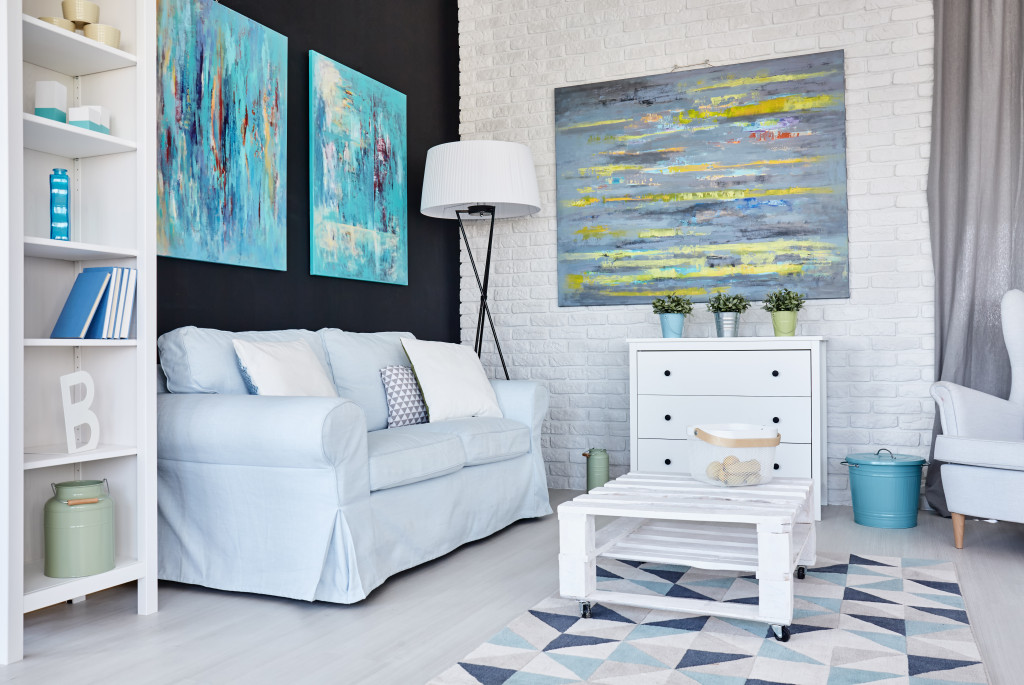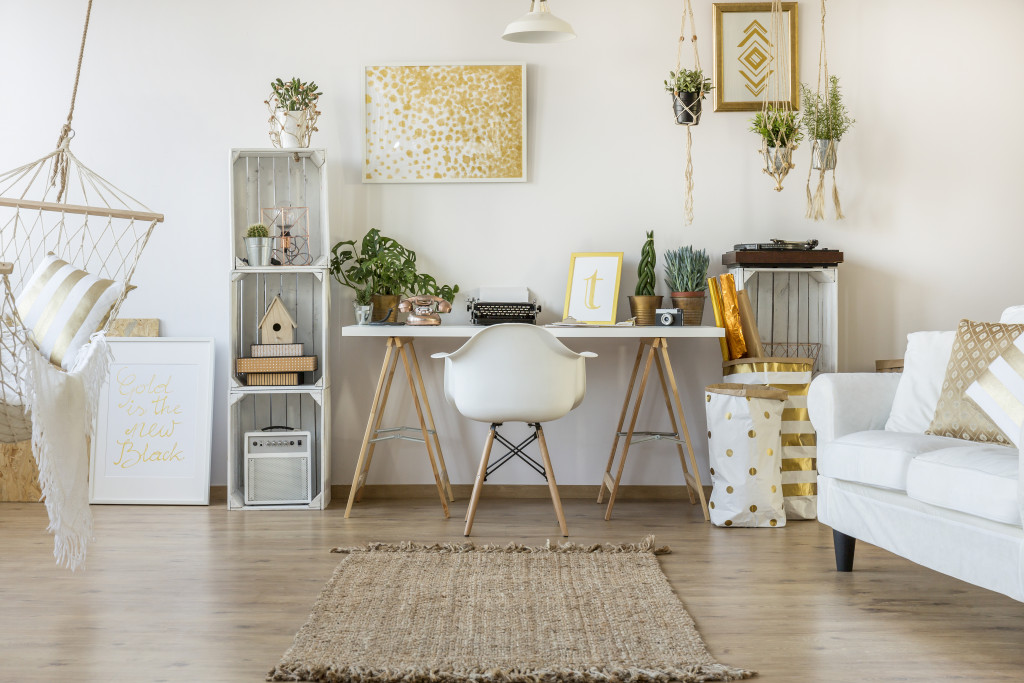Disclaimer: What Liberty Ate. This site provides food and drink content for informational purposes only.
- Use color psychology to your advantage.
- Consider designing for ease of movement.
- A touch of nature never fails.
- Come up with flexible storage solutions.
- Decorations just change everything.
Feeling uplifted in your home is vital for maintaining mental health, but it can be challenging to achieve when you’re busy with life and don’t have time to decorate your space. That’s why this guide has put together five tips to help you create an uplifting home environment without requiring much time or money.
1. Introduce Color Psychology
Color psychology is the study of how colors influence your moods and emotions. It has been around since the early 20th century, and its use in interior design has become increasingly popular in recent years. Colors like blue and green can create a calming, serene atmosphere, while vibrant colors like red and yellow can energize and invigorate.
Using color psychology to create a positive space in your home is an easy way to uplift your mood without making any significant changes. Adding pops of color to your walls, furniture, or decorations can create the right atmosphere.
2. Design for Ergonomics and Comfort

Ergonomics is the science of designing objects to meet the needs of human users. When it comes to interior design means creating furniture, appliances, and other things that are comfortable and easy to use. Investing in ergonomic furniture can be especially helpful if you spend long hours at home — it will help reduce fatigue and improve your posture.
3. Add Natural Elements for Balance
Natural elements like plants, wood, and stone can help to create a balanced atmosphere in your home. Not only do natural ingredients look beautiful, but they also bring life and energy into space while absorbing negative energy. Whether a small bouquet or a full-fledged garden, adding natural elements is an easy way to uplift the mood of your living space.
4. Consider the Needs of Your Family
When designing your home, it’s essential to consider your family’s needs. Each family member needs to ensure that they live a comfortable lifestyle.
Here are some ways to cater to their needs:
Children
When designing your home, consider the needs of any children in the house. Children need plenty of space to play and explore, as well as comfortable bedding, adequate storage for toys, and easy access to outdoor areas. Consider installing safety features such as gates at the top and bottom of stairs, smoke detectors throughout the house, or child-proof locks on cabinets.
Adults
Remember to consider the needs of adults when designing your home too. Adults should have their own private spaces, such as bedrooms or living rooms, where they can relax and unwind after a long day. It’s also essential to think about creating practical workspaces in the house, such as a study area or an office.
Elderly or Disabled
If you have elderly or disabled family members, it’s essential to consider their needs when designing your home. This could include installing ramps or lifts to make the house more accessible, widening doorways and hallways for wheelchairs, or providing additional safety features such as grab rails in the bathroom. You should also consider a professional home service so your elderly or disabled family members can remain safe and independent in their own homes while also receiving the care they need.
Pets
Don’t forget about your furry (or not-so-furry) family members when designing your home! Consider their needs when planning things like flooring — hardwood floors might look nice, but they’re not ideal for homes with pets who like to run and play. You might also want to consider installing pet doors or creating a designated area for them to sleep and eat.
5. Incorporate Uplifting Decorations or Features

Finally, don’t forget to add decorations or features that bring you joy. This could be anything from artwork to inspiring quotes or even small trinkets from your travels. Incorporating these items into your living space can instantly lift your mood and create a positive environment for yourself and others.
Need more ideas? Here are some to get you started:
Framed photos and wall art
This is the number one way to make your space feel more personal and uplifting. If you’re feeling creative, try making your wall art! You don’t have to worry about feeling creative, as plenty of art prints are available online. You can also blow up your favorite family photos or even a portrait of yourself. The possibilities are endless, and it’s your call.
String lights
String lights are the perfect way to add a cozy atmosphere to any room. Whether in the bedroom or living room, these little lights can add warmth and brightness to any space. LED lights are readily available these days and come in various shapes, sizes, and colors. Installing them is quite a breeze, and most of them do not require electricity as they are battery-operated.
Candles
The ambiance that candles bring to any room is undeniable. Soy or beeswax candles are great options since they burn cleaner and longer than traditional wax candles. They also come in an array of scents to choose from so you can create the perfect atmosphere for your home. This also allows you to use different fragrances to help you relax, energize, or balance.
Wind chimes
Wind chimes are a great way to add a touch of calm and relaxation to any space. The sound of wind chimes is soothing, so hang one up in the garden or near an open window for that gentle tinkling sound. There are a lot of great artists on Etsy and Amazon, so you have a lot of choices for these wind chimes.
In Closing
Creating an uplifting environment at home doesn’t have to be complicated or expensive. By following these five tips — using color psychology, designing for ergonomics and comfort, adding natural elements for balance, implementing flexible storage solutions, and incorporating uplifting decorations or features — you can create a positive and uplifting atmosphere in your home. So, take the time to invest in yourself and make sure that your home is a haven of positivity!

